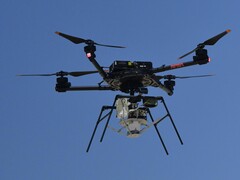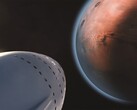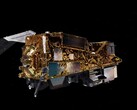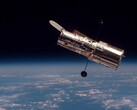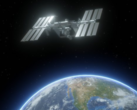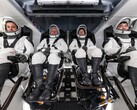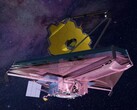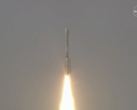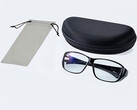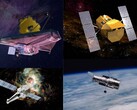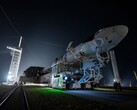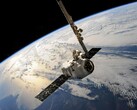NASA researchers are developing new ways to help understand how supersonic parachutes behave when landing payloads. The agency’s EPIC project recently conducted a successful flight test of a flexible sensor designed to measure the strain a parachute canopy endures during descent.
The test, which took place in June, involved a drone air-launching a capsule that deployed a parachute studded with the new strain sensors. The EPIC team at NASA’s Armstrong Flight Research Center confirmed the sensors worked as predicted, providing valuable data without interfering with the parachute's inflation or flight. This real-world data is essential for improving the computer models that engineers rely on to design more reliable parachutes for delivering rovers and other scientific instruments to the Martian surface.
This recent flight test builds on an earlier phase of the project that focused on developing the sensor technology itself. The initial challenge for the EPIC team was finding a sensor that could stretch with the parachute fabric and figuring out how to bond it to the canopy's thin, slippery material.
Starting with 50 potential candidates, the team selected the three most promising commercially available sensors for further testing. They then conducted a series of ground-based experiments, including pull tests and “bubble” tests that simulate the 3D stretching of an inflating parachute, to validate the sensors' performance before moving to flight.
Reviewing the research flights will help inform our next steps. We are speaking with potential partners to come up with a framework to obtain the data that they are interested in pursuing. — Matt Kearns, current project manager for EPIC.
The team is now set to analyze the flight data and conduct further temperature tests, with the goal of creating a robust system that can ensure safer and more dependable landings in the approaching era of exploration.
NASA is currently conducting a lot of tests, notable among them is the pursuit of an americium-based nuclear power — a technology that will enable exploration further away from Earth. NASA is also conducting tests for safer air taxi travel, paving the way for the development and adoption of air taxis.




